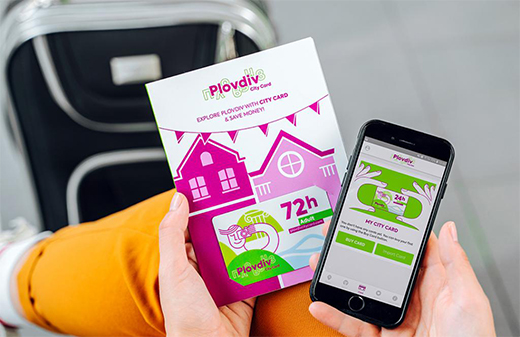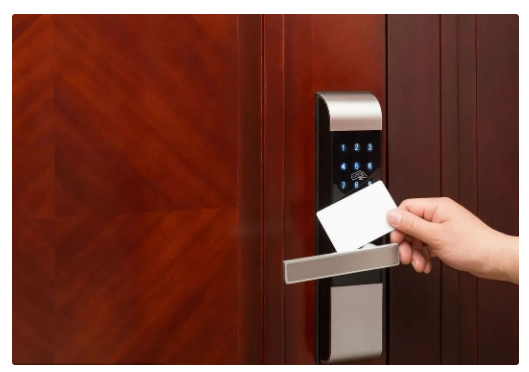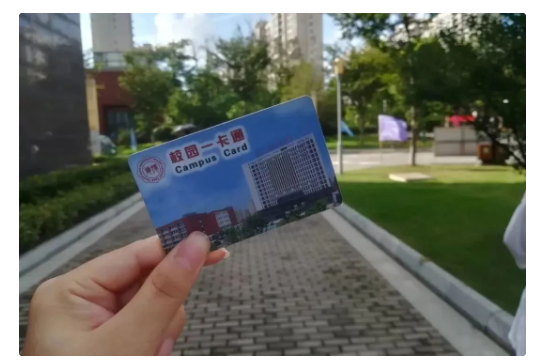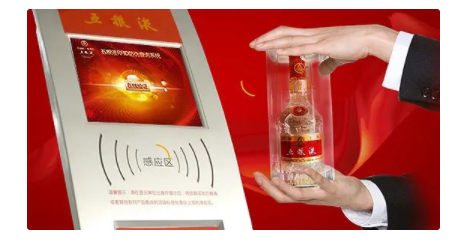The high-frequency RFID application field is divided into RFID card applications and RFID tag applications.
1. Card application
The high frequency RFID increases the group reading function than the low frequency RFID, and the transmission rate is faster and the cost is lower. So in the RFID card market, high-frequency RFID ushered in the golden development period, including bank cards, bus cards, campus card, consumption membership cards, etc. These card products have been spread all over people’s daily lives.
Bank card
Bank card is one of the main application markets in high frequency RFID, and the number of bank cards in China has maintained a stable quantity. China’s bank card has 5-1 billion new increments per year. Although the growth is not stable, it is a very considerable number from the overall number. At present, high-frequency RFID has high permeation in bank card market. The new bank card has basically adopted high frequency RFID technology in recent years.
All in one card for city
All in one card for city mainly involves the implementation of urban residents payments, identity and social security functions in various fields, and can complete fast settlement and payment of public transport, medical social security, utility payment, small consumption and other fields.
Access card
The access card market is relatively scattered, and it is difficult to count specific quantity. Although the access control card market is also facing a relatively large impact of new technologies, such as two-dimensional code, password lock, biometric, visual identification, etc., but the access control card still has its market, especially in the elderly group, the access card is an indispensable way.
Campus card
The campus is a place where many students focus on learning and life. Students happen during the school period, shopping, water, electricity, broadband Internet, book borrowing, seek disease, building entry and leave involve payment, identity certification and hydropower management and other aspect.
A campus card system by a system, each person can achieve unified management of the above activities, which greatly saves resources, improves the management efficiency of the school, reducing management costs, and also provided a great convenience for teachers and students in school. The campus card has the earliest and fastest development in the campus field, the function is also the most complete.
2. Tag application
Label application is another application of high-frequency RFID. Compared to card products, label products have thin and flexible, low cost, etc., which can be used as consumables. The maximum application advantage of high-frequency PFID products is that the mainstream smartphone has NFC compatible with most high-frequency RFID protocols. Therefore, the mobile phone can be used as a high-frequency RFD read head, which also makes high frequency RFID can go directly to the consumer application.
Library
High-frequency RFID is the main program of the library market in the past few years. With the urine of ultra-high frequency RFID technology, especially the price cost reduction, ultra-high frequency RFID is developing in the library market. Because the library’s RFID is consumables, it is relatively high for price sensitivity. Of course, what technology is finally selected, and an important factor is to see the selection of library decision makers.
Anti-counterfeiting
Anti-counterfeiting source is a more concentrated application of high-frequency RFID, typical scenes with high-end white wine anti-counterfeiting source, tobacco, food, medicine and other products.
Post time: Sep-22-2021











